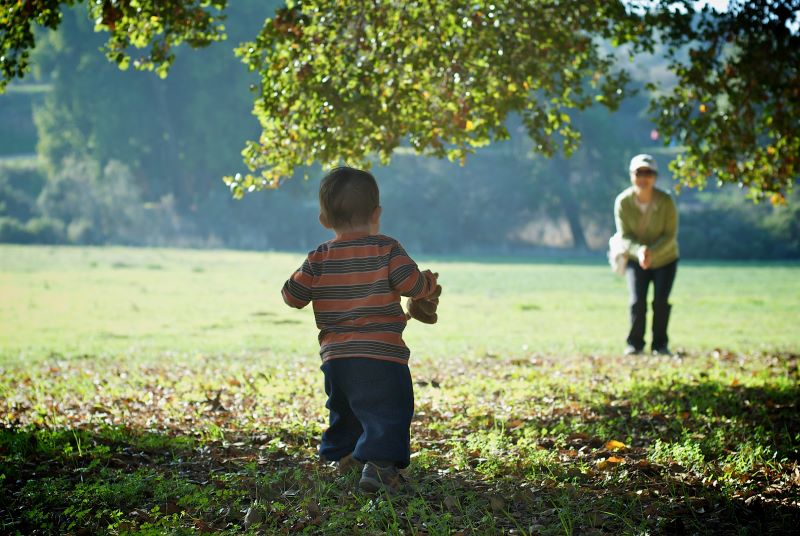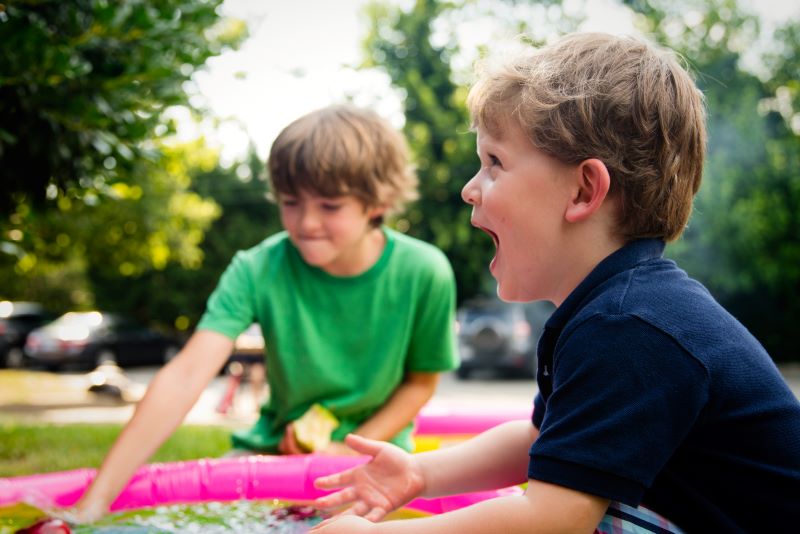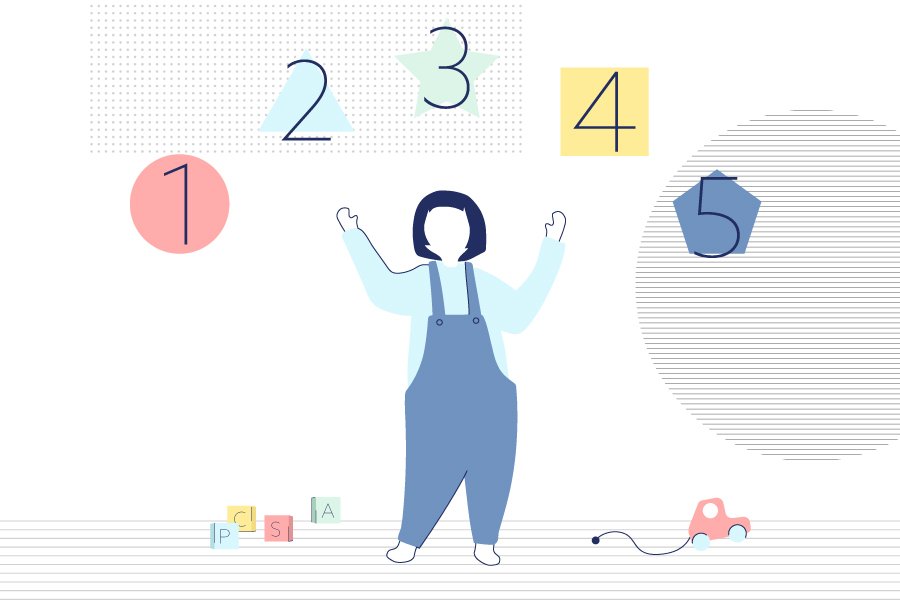Understanding the Five Domains of Early Childhood Development
From birth to death, living and learning go hand-in-hand. However, nothing quite compares to the first few years of our lives, when we first learn to walk, talk, and interact with other people and our environments — as well as process how these things make us feel. Although children progress at different rates, there are a number of key milestones each individual should hit as they develop. When a deficiency is recorded, early intervention services can be administered to try to minimize or limit the effects of a suspected intellectual or developmental disability.
To determine eligibility for early intervention, a child will either receive a qualifying diagnosis (such as autism) or display a 25% or greater delay in one or more of the five domains of development. These include: physical, cognitive, communicative, socioemotional, and adaptive. Let’s take a glance at each of these areas, what they entail, and what to look for.
Physical
This domain involves the senses (taste, touch, sight, smell, hearing, and proprioception — or bodily awareness of one’s orientation in space), gross motor skills (major movements involving large muscles), and fine motor skills (involving small muscles, particularly of the fingers and hands).
Humans develop physical ability directionally, from top to bottom and the center outward. A baby will at first have the ability to turn the head and sit upright, before being able to reach, grab, and eventually walk and run as they progress into toddlerhood (2-3 years). All the while child should be able to instinctively respond and react to stimuli in his or her physical environment.

Cognitive
The cognitive domain of development refers to the ability to mentally process information — to think, reason, and understand what’s happening around you. Developmental psychologist Jean Piaget divided cognitive development into four distinct stages.
- During the sensorimotor stage of cognitive development (0-2 years), humans are essentially limited to perceiving the world on a purely sensory level. And adult makes a funny face at you? Laugh at what you see. Dangles a toy in front of you? Reach for it.
- By the time a child reaches the preoperational stage (2-6 years), he or she is beginning to incorporate language into his or her analysis of people and surroundings. However, in most cases, logical functioning isn’t quite there yet — the child may yet have trouble “putting it all together.”
- Prior to hitting puberty, a child should have arrived in the concrete operational stage (7-11 years), where he or she can process events and information at face value, but will still generally not be able to accommodate abstracts or hypotheticals.
- Persons 12 years and up are said to be in the formal operational stage, able to perform the intricate mental gymnastics that make human beings so remarkable. Thinking in the abstract — such as envisioning hypothetical scenarios, forming strategies, and parsing through different viewpoints — becomes a regular part of interfacing with one’s reality.
.jpg)
Communicative
The ability to comprehend, utilize, and manipulate language may be the single most powerful skill a person can develop. The four aspects of language development are phonology (forming a language’s constituent sounds into words), syntax (fitting those words together into sentences according to language’s rules and conventions), semantics (meaning and shades of meaning), and pragmatics (how the language is applied in practical and interpersonal communication). The maturation of verbal communication skills can vary markedly between individuals — but by two years, many toddlers are capable of at least telegraphic speech, simple sentences communicating the essence of a want or need.
Socioemotional
To truly thrive, we must learn to exist peacefully within ourselves and coexist with others. As a child develops within the socioemotional dimension, he or she learns how to successfully regulate his or her own internal emotional state and read the social cues of others. Strong emotions can be controlled or expressed properly; confrontation can be managed without violence; we can evolve empathy toward others.
- By 6 months, a baby should be reacting to facial expressions and reciprocating.
- By a year, clear preferences in terms of likes and dislikes should begin to surface — as well as recognition of the familiar versus the unfamiliar.
- By two years, a child should be engaging in parallel play with his or her peers. Each child may be involved in a separate activity, but they are interested in each other’s activities and comfortable in each other’s company.
- By three years, the awareness of self should have begun to form, and an ability to express feelings.
- By four years, the child should be able to cooperate with others, abide by simple rules, and manage emotions without tantrums or aggression.

Adaptive
Adaptive development refers to the self-care component of growing up, taking care of things like eating, drinking, toileting, bathing and getting dressed independently. It also entails being aware of one’s environment and any hazards it may pose, keeping oneself safe and protected. A child should have made significant progress in these areas before his or her fourth birthday.
If you suspect a deficiency in any of these areas, do not hesitate to apply for ECCM’s Early Intervention Services and get your child back on the right track. Early intervention may help minimize the need for further services and supports down the road and maximize a child’s potential.

